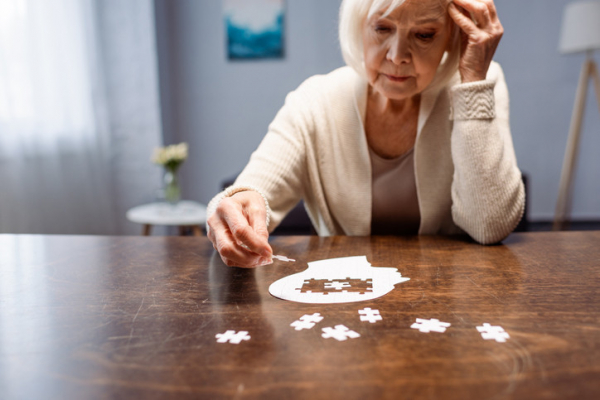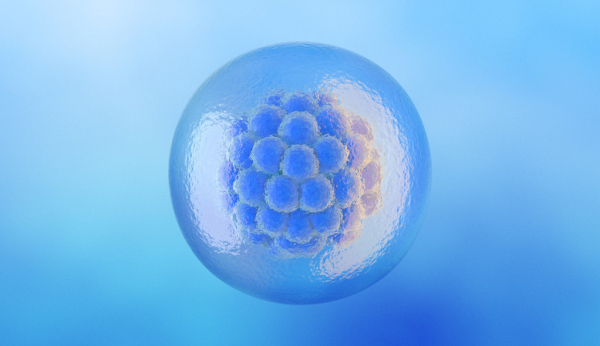
A student suddenly develops leg pain and paralysis; soon hundreds of schoolmates have similar symptoms. Nuns begin biting each other, and soon the same thing is happening at other nearby convents. Three schoolgirls begin laughing uncontrollably, sometimes going on for days. When nearly 100 classmates develop the same problem, the school is forced to close down.
Yet in each case, no medical explanation was ever found. Eventually, these came to be considered examples of mass sociogenic illness, which many of us know by different names: mass hysteria, epidemic hysteria, or mass psychogenic illness. Over the years, many possible sources for these illnesses have emerged — and today TikTok and other social media sites may be providing fertile ground.
What is sociogenic illness?
The hallmark of these conditions is that multiple people within a social group develop similar, medically inexplicable, and often bizarre symptoms. In some cases, those affected believe they have been exposed to something dangerous, such as a toxin or contagion, although thorough investigation finds none.
The suffering caused by these illnesses is quite real and profound —even in the absence of a clear cause and presence of normal test results. And no, a person with sociogenic illness is not “just looking for attention” or “doing it on purpose.”
Labeling people as hypochondriacs or “crazy,” or illness as “hysteria,” isn’t helpful. Hysteria and hysterical — drawn from hystera, the Greek word for womb — are loaded terms, often used to diminish women as psychologically unstable or prone through biology to uncontrollable outbursts of emotion or fear. And while some researchers suggest these illnesses more commonly affect women, most of the published literature on this condition is decades old and based on a limited number of cases.
Common features of mass sociogenic illness
Past outbreaks include illnesses in which people suddenly fainted; developed nausea, headaches, or shortness of breath; or had convulsive movements, involuntary vocalizations, or paralysis. Usually, these outbreaks occurred among people in close proximity, such as at a school or workplace. Rarely, cases appear to have been spread by shows on television. Now, social media is a possible new source.
Certain features are typical:
- experiencing symptoms that have no clear medical explanation despite extensive investigation
- symptoms that are temporary, benign, and unusual for those affected
- rapid onset of symptoms and rapid recovery
- those affected are connected by membership and interaction within a social group or by physical proximity.
Generally, treatment includes:
- ruling out medical explanations for symptoms
- shutting down a facility where it occurred
- removing people from the site of supposed exposure (online or not)
- separating affected individuals from one another.
Reassurance regarding the lack of danger, and demonstrating that the outbreak stops once individuals are no longer in close contact with each other, generally reduces anxiety and fosters recovery.
Tics and TikTok: a new driver of sociogenic illness?
The first known examples of social media-induced sociogenic illness were recognized in the last year or two, a time coinciding with the pandemic. Neurologists began seeing increasing numbers of patients, especially teenage girls, with unusual, involuntary movements and vocalizations reminiscent of Tourette syndrome. After ruling out other explanations, the tics in these teenagers seemed related to many hours spent watching TikTok videos of people who report having Tourette syndrome and other movement disorders. Posted by social media influencers, these videos have billions of page views on TikTok; similar videos are available on YouTube and other sites.
What helped? Medications, counselling, and stress management, according to some reports. Avoiding social media posts about movement disorders and reassurance regarding the nature of the illness also are key.
Geographic boundaries may have become less relevant; now, the influences driving these illnesses may include social media, not just physical proximity.
Dancing plagues, mad gassers, and June bugs
Sociogenic illnesses are nothing new. If you had lived in the Middle Ages, you might recall the “dancing plague.” Across Europe, scores of afflicted individuals reportedly began to involuntarily and deliriously dance until exhaustion. And let’s not forget the writing tremor epidemic of 1892, the Mad Gasser of Mattoon during the mid-1940s, and the June bug epidemic of 1962.
The anxieties and concerns of the times play a role. Before the 1900s, spiritual or religious overtones were common. When concerns were raised about tainted foods and environmental toxins in the early 1900s, unusual odors or foods sparked a rash of palpitations, hyperventilation, dizziness, or other anxiety symptoms. More recently, some residents of the West Bank who thought nearby bombings released chemical weapons reported dizziness and fainting, although no evidence of chemical weapons was found.
Closer to home, reports are swirling that Havana syndrome may represent another example of mass sociogenic illness, although no firm conclusions can yet be made. Initially described among members of the US State Department in 2016 in Havana, Cuba, individuals who experienced this suddenly developed headache, fatigue, nausea, anxiety, and memory loss.
These symptoms have been reported by hundreds of people in different parts of the world. Many are foreign service workers attached to US diplomatic missions. Soon after the first case reports, suspicion arose that a new weaponized energy source was causing the illness, such as microwaves fired from some distance. Cuba, Russia, or other adversaries have been blamed for this. Thus far, the true nature and cause of this condition is uncertain.
Nocebo, not placebo
One theory suggests that sociogenic illness is a form of the nocebo effect. A placebo — like a sugar pill or another inactive treatment — may help people feel better due to expectation of benefit. The nocebo effect describes the potential that people could have a negative experience based purely on the expectation that it would occur.
Think of it this way: you may be more likely to experience a headache from a medication if you’ve been warned of this possible side effect, compared with another person warned about a different side effect. Similarly, let’s say you see people fainting. If you believe this is caused by a substance they — and you! — were exposed to, you may faint, too, even if there’s no actual exposure to a substance that could cause fainting.
The bottom line
We don’t know why some develop sociogenic illness while others don’t. Plenty of people have lots of stress. Millions of people were stuck inside during the pandemic and turned to social media for more hours each day than they’d like to admit. Many people are prone to the power of suggestion. Yet, sociogenic illness remains relatively rare. Despite existing for hundreds of years, much about this condition remains mysterious. An open mind is important. Some cases of sociogenic illness may be due to an environmental toxin or contagion that wasn’t detected at the time.
If you or a loved one spends a lot of time on social media and has developed an illness that defies explanation, talk to your healthcare providers about the possibility of social media-induced sociogenic illness. We may soon learn that it’s not so rare after all.








